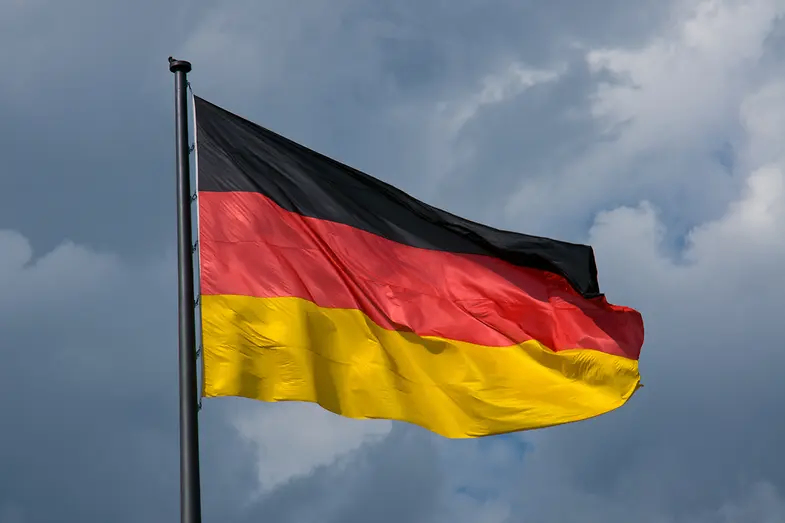Germany’s September Producer Prices Drop 1.4%, ECB December Rate Cut Expectations Rise
As German producer prices continue to fall, economists expect inflation to weaken in the future, and expectations for the European Central Bank to cut interest rates in December are heating up.

On October 21, the German economy became the focus of the market, as market sentiment continued to increase concerns about the overall economy of the euro zone.
Data showed that German producer prices fell by 1.4% year-on-year in September, continuing the 0.8% decline in August.Economists had expected producer prices to fall 0.8% in September.
According to data from the German Federal Statistical Office (Destatis):
- Energy prices fell 6.6% year-on-year in September, becoming the main factor driving the decline in producer prices.
- The price of mineral oil products fell by 14.4% compared with September 2023, and fuel costs fell by 16.1% year-on-year.
- Natural gas prices fell by 10.4% year-on-year among all consumer groups, and electricity prices fell by 9.5% year-on-year.
- Excluding energy prices, producer prices rose 1.2% year-on-year in September.
- On a month-on-month basis, producer prices fell 0.5% in September, after rising 0.2% in August.
The significant decline in producer prices suggests weakening demand, and producers have been forced to lower prices in an environment of weak demand.Economists often view producer prices as the leading economic indicator of inflation.A downward trend in producer prices may pass on cost savings to consumers, reducing inflationary pressures.
In addition, weakening demand for German goods may fuel concerns about the country's economic outlook.
Impact on ECB monetary policy
The continued decline in producer prices may raise investors 'expectations for the European Central Bank to cut interest rates in December.Last week, the European Central Bank cut interest rates by 25 basis points and said its December rate decision will rely on economic data.
Weak demand and a bleak economic outlook may further force the European Central Bank to cut interest rates.However, to shore up market expectations for a December interest rate cut, eurozone consumer price index (CPI) reports need to show signs of weak demand.
Impact of German producer prices on the EUR/USD exchange rate
Before the producer price data was released, the euro/dollar exchange rate had risen to a high of $1.08713, then fell to a pre-data low of $1.08579.
However, after the producer price report, the euro/dollar exchange rate fell from $1.08596 to a low of $1.08557.
Disclaimer: The views in this article are from the original Creator and do not represent the views or position of Hawk Insight. The content of the article is for reference, communication and learning only, and does not constitute investment advice. If it involves copyright issues, please contact us for deletion.